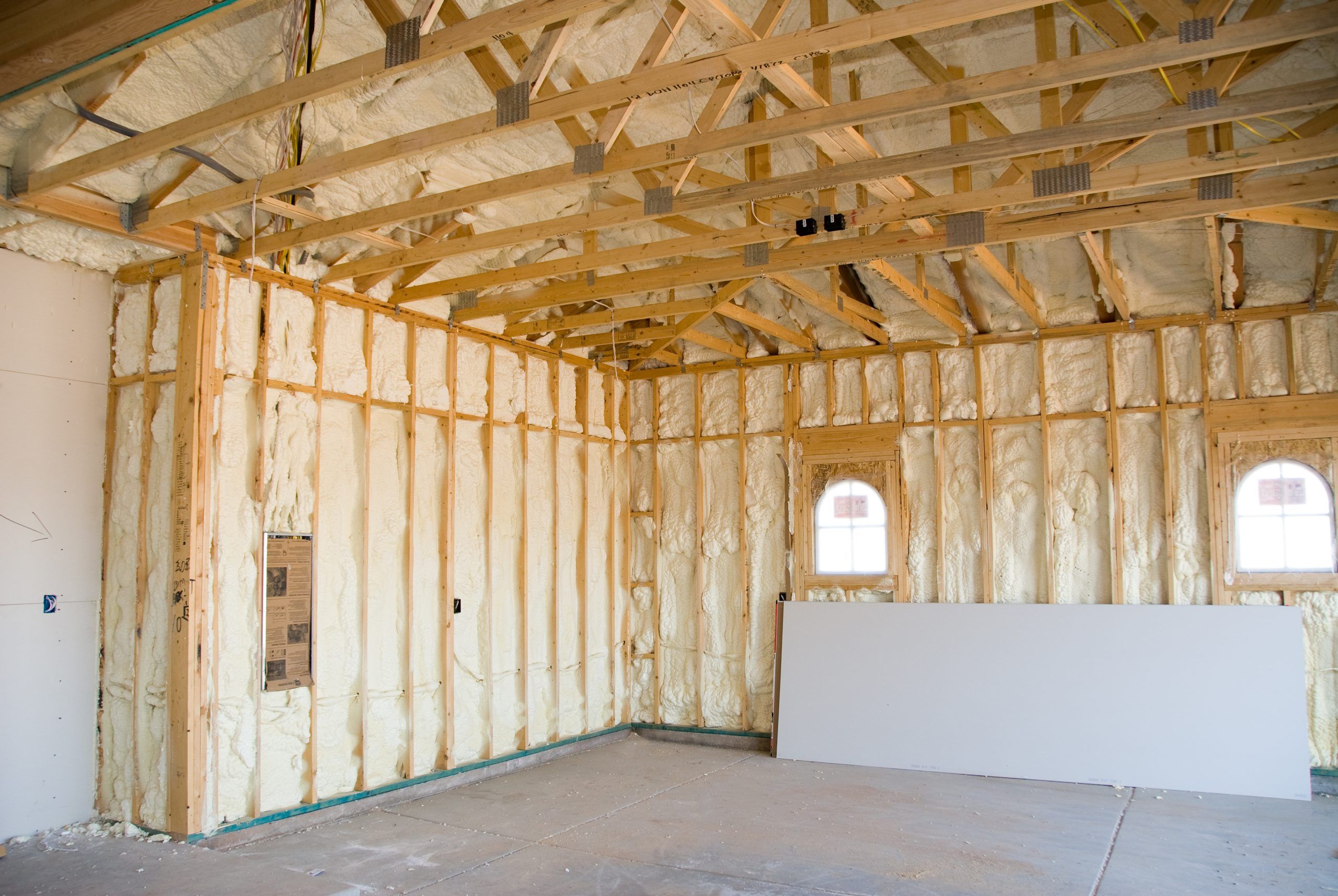Our homes, big, small. Made from wood or brick. It’s where we spend time with our loved ones, where we bring up our children. Comfortable and safe, a place where we can relax at the end of a long day. Our sanctuary.
Our homes should be the most secure and healthy environment possible. Free from pollutants and chemicals. Until recently it was thought that pollution from cars and vehicles was the biggest threat to our health. However there has been a recent shift in thinking. Scientists are now focused on the dangers of indoor air pollution. It’s the air inside our homes that is the real threat.
According to a recent report from India, there are more than 60 causes of indoor air pollution in the home. Examples include fire retardant building materials and flooring, particle board used for furniture, soft furnishings such as drapes and thick sofa covers. Flameproof bedding and mattresses, air fresheners and candles. Even gas cooking stoves produce nitrogen dioxide. And as we aim to keep our homes super clean, we use a wide range of cleaning products, perfumes and deodorants, all major sources of indoor air pollution.
Even the type of food and the way we cook it can increase PM2.5 levels. Charbroiling meat with a high fat content for example, will contribute to higher levels of PM2.5. In comparison, leaner meat that is fried will produce less PM2.5.
Modern construction methods ensure new buildings are well insulated and energy efficient. As a result, indoor pollutants are trapped inside the home, unable to escape.
According to the report, 4.3 million deaths occur every year as a result of indoor air pollution. That’s 4.3 million people dying prematurely from heart disease, strokes, COPD, pneumonia and lung cancer. All a result of the air they breathe in their homes and work places.
So what can we do to ensure our homes are the safe, healthy places we want them to be? Try to avoid using harsh cleaning products, deodorants and air fresheners. Ensure your home is adequately ventilated, even just opening a window on days when outdoor air quality is good, can help to improve indoor air quality. Opt for an electric cooking stove rather than gas.
Consider investing in an Austin Air Purifier. Designed to remove 99.97% of all particles larger than 0.3 microns, our purifiers effectively remove dust, pollen, chemicals, VOC’s, mold, pet dander and gases. Austin Air was selected by Johns Hopkins University in Baltimore to take part in a study, to reduce levels of Nitrogen Dioxide (NO2) in the homes of people with COPD. Within a week, levels of NO2 had dropped considerably. Austin Air purifiers are the only clinically proven, medical grade air purifiers on the market. For more information on our products and what they can do to keep your home safe and clean, visit our products page here.
